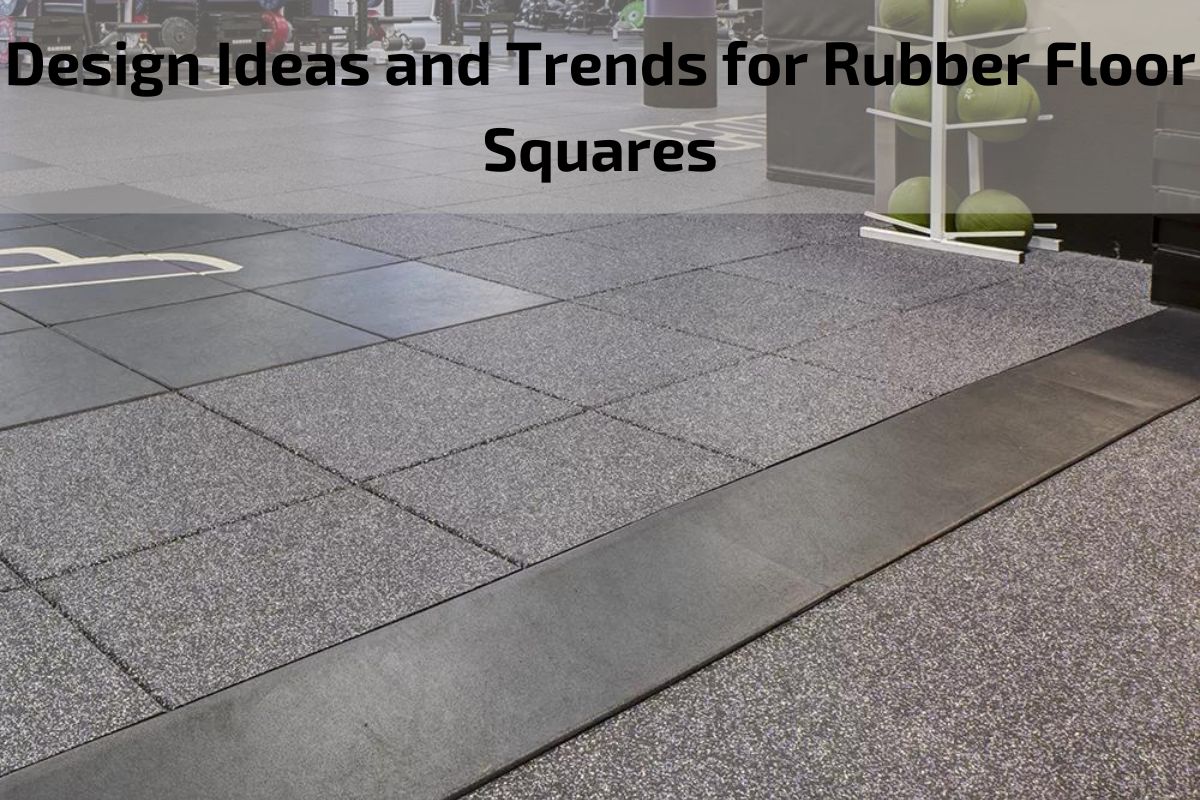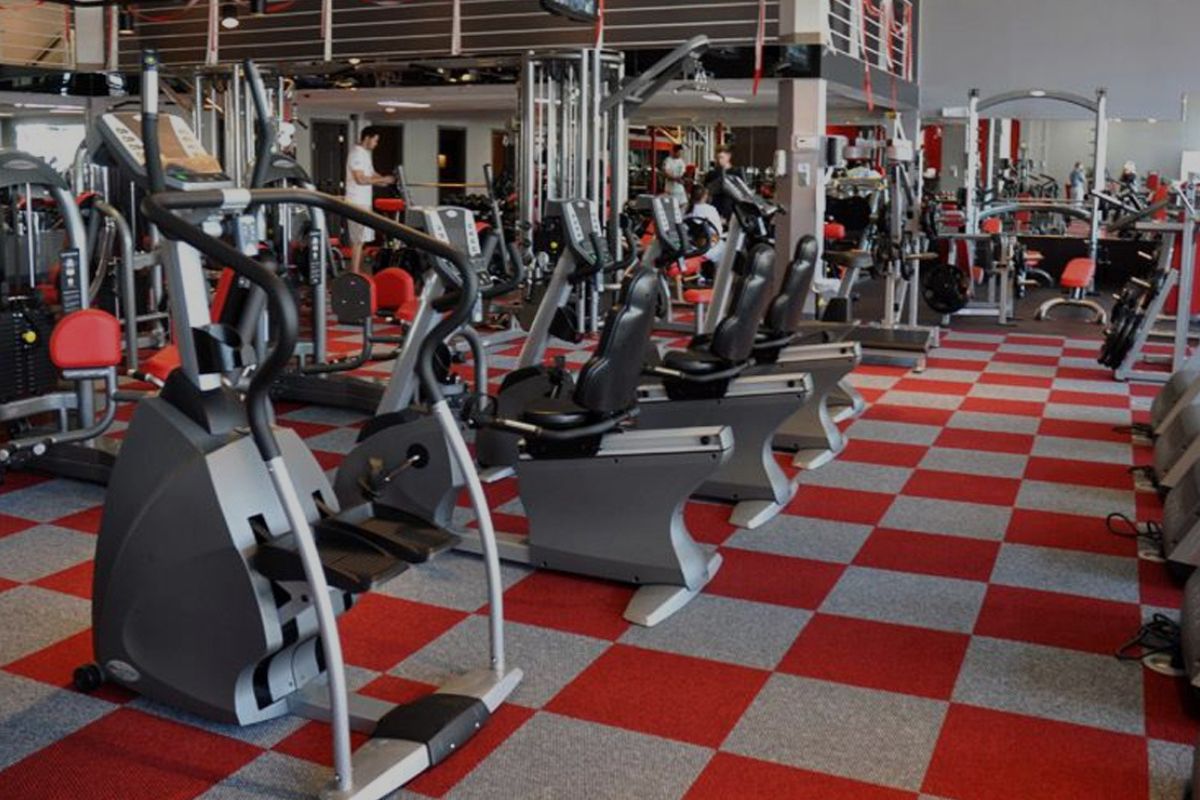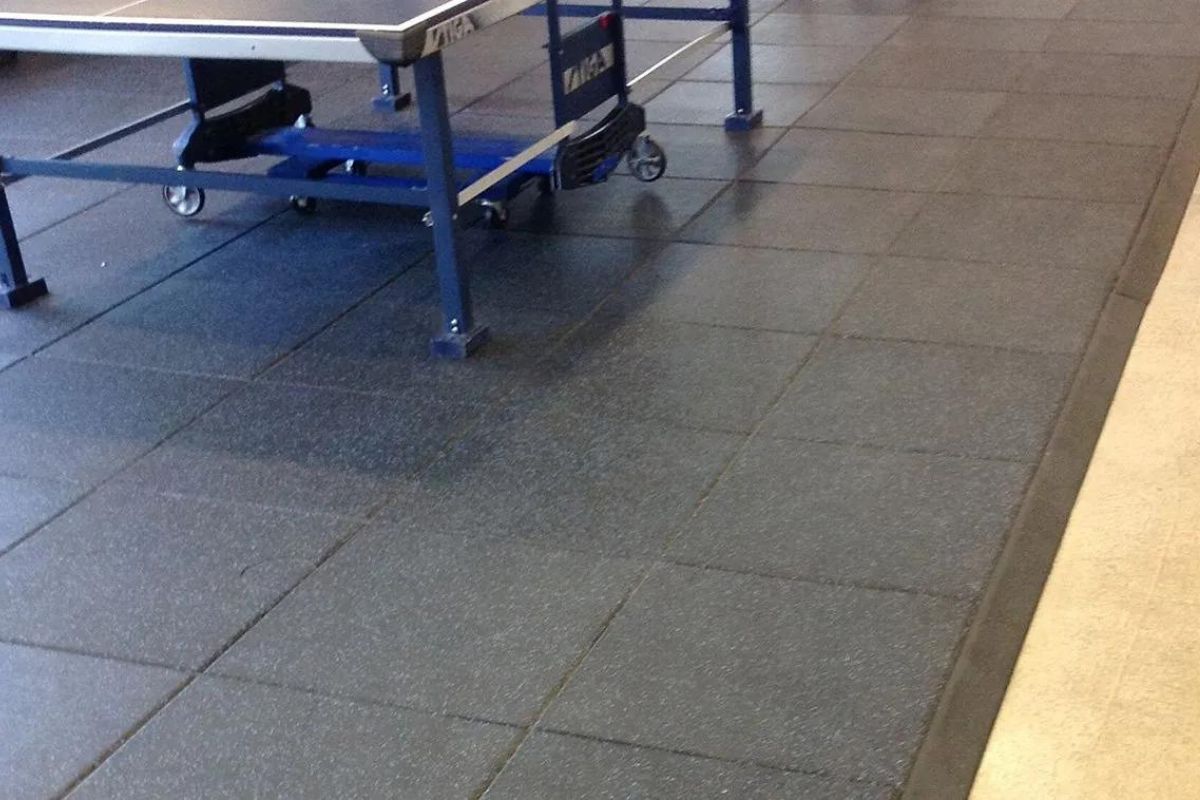Design Ideas and Trends for Rubber Floor Squares
Rubber floor squares have evolved beyond their utilitarian roots to become an integral part of modern interior design. With their versatility, durability, and aesthetic appeal, rubber floor squares offer a plethora of design possibilities for both commercial and residential spaces. As the demand for sustainable and innovative flooring solutions continues to grow, designers and architects are exploring new ideas and trends to elevate the appeal of rubber floor squares.
In this article, we delve into the exciting world of design ideas and trends for rubber floor squares. From bold patterns and vibrant colors to innovative textures and eco-friendly materials, rubber floor squares offer endless opportunities to create visually stunning and functional spaces. Whether you’re revamping a commercial office, transforming a retail space, or redesigning a residential interior, rubber floor squares can be customized to suit any design vision.
Definition and Overview of Rubber Floor Squares
Rubber floor squares, also known as rubber tiles or rubber mats, are a type of flooring material made from natural or synthetic rubber compounds. They are designed in square-shaped units that interlock or fit together seamlessly to form a cohesive flooring surface.
Rubber floor squares are renowned for their durability, resilience, and versatility, making them a popular choice for various commercial, industrial, and residential applications. They offer a wide range of benefits, including excellent shock absorption, slip resistance, and sound insulation properties.
These flooring squares come in various thicknesses, colors, patterns, and surface textures, allowing for customization to suit different design preferences and functional requirements. Rubber floor squares are available in solid colors, speckled designs, or faux finishes resembling wood, stone, or tile.
One of the key features of rubber floor squares is their ease of installation. They can be installed directly over existing flooring surfaces or subfloors with adhesive or interlocking mechanisms, making the installation process quick and efficient.
Rubber floor squares are highly durable and resistant to wear, tear, and moisture, making them suitable for high-traffic areas such as gyms, fitness centers, playgrounds, and commercial kitchens. They are also easy to clean and maintain, requiring minimal upkeep to preserve their appearance and performance over time.
Advantages and Disadvantages of Rubber Floor Squares
Rubber floor squares offer numerous advantages that make them a popular choice for various applications. However, like any flooring material, they also come with certain disadvantages that should be considered. Let’s explore both the advantages and disadvantages of rubber floor squares:
Advantages:
- Durability: Rubber floor squares are highly durable and resistant to wear, tear, and impact. They can withstand heavy foot traffic and maintain their integrity even in high-traffic areas.
- Slip Resistance: Rubber floor squares offer excellent slip resistance, making them a safe choice for environments where spills and moisture are common, such as kitchens, bathrooms, and fitness centers.
- Shock Absorption: The inherent elasticity of rubber provides shock absorption properties, which can reduce fatigue and discomfort for individuals standing or walking on the floor for extended periods.
- Noise Reduction: Rubber floor squares help absorb sound and reduce noise transmission, making them ideal for environments where noise reduction is important, such as offices, classrooms, and residential buildings.
- Easy Maintenance: Rubber floor squares are easy to clean and maintain. They can be swept, vacuumed, or mopped with mild detergent and water to keep them looking clean and fresh.
Disadvantages:
- Initial Cost: The initial cost of rubber floor squares may be higher compared to some other flooring materials. However, their long-term durability and low maintenance requirements often offset the initial investment over time.
- Limited Aesthetic Options: While rubber floor squares come in a variety of colors, patterns, and textures, they may not offer as many design options as some other flooring materials like ceramic tiles or hardwood floors.
- Susceptibility to Staining: Rubber floor squares may be susceptible to staining from certain chemicals or substances, especially if not properly maintained. It’s essential to promptly clean up spills and stains to prevent permanent damage.
- Not Suitable for Allergies: Rubber floor squares may not be suitable for individuals with rubber allergies or sensitivities. It’s important to consider potential allergic reactions when selecting flooring materials for sensitive individuals
Types and Varieties of Rubber Floor Squares
Rubber floor squares come in various types and varieties, each offering unique characteristics and suitability for different applications. Here are some common types and varieties of rubber floor squares:
- Interlocking Rubber Tiles: Interlocking rubber tiles are designed with puzzle-like edges that fit together seamlessly, eliminating the need for adhesive during installation. These tiles are easy to install, remove, and replace, making them ideal for temporary or modular flooring solutions.
- Rolled Rubber Flooring: Rolled rubber flooring consists of large rolls of rubber material that can be cut to size and installed over a variety of subfloors. This type of rubber flooring is commonly used in commercial gyms, fitness centers, and industrial facilities due to its durability and shock absorption properties.
- Recycled Rubber Tiles: Recycled rubber tiles are made from recycled rubber materials, such as old tires or industrial rubber scraps. These eco-friendly tiles offer the same durability and resilience as traditional rubber tiles while reducing waste and environmental impact.
- Customizable Rubber Flooring Options: Rubber floor squares are available in a wide range of colors, patterns, and surface textures, allowing for customization to suit different design preferences and functional requirements. Some manufacturers offer custom logo and graphic designs, making it possible to create personalized flooring solutions for commercial and residential spaces.
- Outdoor Rubber Tiles: Outdoor rubber tiles are specifically designed to withstand exposure to harsh weather conditions, UV radiation, and heavy foot traffic. These tiles are commonly used in outdoor recreational areas, playgrounds, and sports facilities due to their durability and weather resistance.
- Playground Rubber Tiles: Playground rubber tiles are engineered to provide maximum safety and cushioning for children playing on playground surfaces. These tiles are designed to absorb impact and reduce the risk of injuries from falls, making them an ideal choice for school playgrounds, daycare centers, and public parks.
Design Ideas and Trends for Rubber Floor Squares
Rubber floor squares offer a versatile and stylish flooring solution for various commercial, industrial, and residential spaces. Here are some design ideas and trends to consider when incorporating rubber floor squares into your interior design:
- Bold Patterns and Colors: Experiment with bold patterns and vibrant colors to add personality and visual interest to your space. Consider geometric shapes, abstract designs, or playful motifs to create a dynamic flooring layout.
- Textured Surfaces: Explore rubber floor squares with textured surfaces to enhance tactile sensation and visual depth. Textured rubber tiles can mimic the look and feel of natural materials like stone or wood, adding warmth and authenticity to your interior design.
- Mix and Match: Combine different colors, patterns, and textures of rubber floor squares to create unique and eye-catching flooring designs. Mix solid colors with speckled patterns or combine matte finishes with glossy accents for added contrast and dimension.
- Custom Logo and Graphic Designs: Personalize your space with custom logo and graphic designs embedded into rubber floor squares. Incorporate company logos, brand colors, or creative illustrations to reinforce your brand identity and make a lasting impression.
- Environmental Graphics: Use rubber floor squares as a canvas for environmental graphics and storytelling. Create interactive floor murals, educational diagrams, or wayfinding signage to engage and inform visitors while enhancing the aesthetic appeal of your space.
- Sustainable Materials: Choose eco-friendly rubber floor squares made from recycled materials or sustainably sourced rubber compounds. Opt for products with environmental certifications, such as FloorScore or Cradle to Cradle, to minimize your carbon footprint and promote sustainability.
- Seamless Transitions: Create seamless transitions between different areas of your space by integrating rubber floor squares with other flooring materials, such as carpet tiles, vinyl planks, or hardwood floors. Use transition strips or borders to define separate zones while maintaining visual continuity.
- Layered Flooring Effects: Experiment with layered flooring effects by combining rubber floor squares with rugs, mats, or carpet runners. Layering different textures and materials adds depth and visual interest to your flooring design while enhancing comfort and functionality.
- High-Contrast Accents: Make a bold statement with high-contrast accents and borders using rubber floor squares. Choose complementary colors or contrasting patterns to frame focal points, highlight architectural features, or delineate pathways within your space.
- Minimalist Chic: Embrace minimalist chic with clean lines, neutral colors, and monochromatic schemes. Opt for sleek and understated rubber floor squares that complement modern interiors and create a sense of harmony and balance
Maintenance Tips for Rubber Floor Squares
Rubber floor squares are known for their durability and resilience, but proper maintenance is essential to preserve their appearance and performance over time. Here are some maintenance tips to keep your rubber floor squares looking clean, fresh, and well-maintained:
- Regular Cleaning Routine:
- Sweep or vacuum the rubber floor squares regularly to remove dust, dirt, and debris.
- Use a soft-bristle broom or a vacuum cleaner with a brush attachment to avoid scratching the surface.
Mop with Mild Detergent:
- Periodically mop the rubber floor squares with a solution of mild detergent and water.
- Avoid using harsh chemicals or abrasive cleaners, as they can damage the rubber surface.
Spot Cleaning:
- Immediately clean up spills and stains to prevent them from setting into the rubber surface.
- Use a damp cloth or sponge with mild detergent to gently blot and clean the affected area.
Avoid Standing Water:
- Promptly wipe up any standing water or moisture to prevent water damage and mold growth.
- Pay attention to areas near sinks, water fountains, and entrances where water may accumulate.
Use Floor Protectors:
- Place floor protectors or mats under heavy furniture legs to prevent indentation and scratching of the rubber floor squares.
- Use mats or rugs at entranceways to trap dirt and moisture before it reaches the rubber flooring.
Preventive Maintenance:
- Conduct regular inspections of the rubber floor squares for signs of wear, damage, or discoloration.
- Repair or replace damaged tiles promptly to prevent further deterioration and maintain the integrity of the flooring surface.
Avoid Sharp Objects:
- Avoid dragging or sliding heavy objects or sharp-edged items across the rubber floor squares, as they can cause scratches and damage.
- Use furniture glides or sliders when moving heavy furniture to protect the flooring surface.
Buffing and Polishing:
- Periodically buff and polish the rubber floor squares using a specialized rubber floor cleaner and conditioner.
- Follow the manufacturer’s recommendations for application and frequency of buffing and polishing.
Professional Cleaning:
- Consider hiring professional cleaners for deep cleaning and maintenance of rubber floor squares, especially in high-traffic commercial areas.
- Professional cleaning services may include stripping, resealing, and refinishing the rubber flooring to restore its original appearance and luster.
Conclusion
In conclusion, rubber floor squares offer a versatile, durable, and aesthetically pleasing flooring solution for various commercial, industrial, and residential spaces. With their numerous advantages, including durability, slip resistance, shock absorption, and easy maintenance, rubber floor squares continue to be a popular choice for architects, designers, and property owners alike.





0 comments